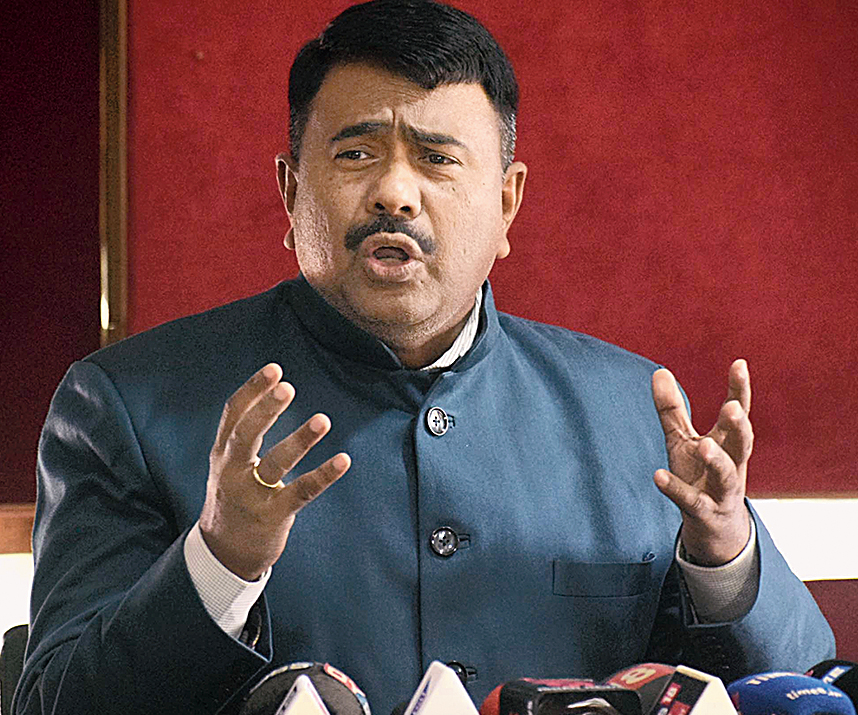Barpeta Congress MP Abdul Khaleque on Monday said it was wrong to request or threaten immigrant Muslims to write Assamese as mother tongue in the census.
Khaleque’s statement came days after Assam cabinet minister Himanta Biswa Sarma said the BJP would create an atmosphere where immigrant Muslims would not dare to say that they were not Assamese, and the Asam Sahitya Sabha and Opposition AIUDF appealed to immigrant Muslims to write Assamese as mother tongue in 2021 census.
“I think requesting or threatening someone to write a language as his or her mother tongue is wrong. No one can be forced or lured to write a language as his or her mother tongue. It is important what a person chooses to be,” he said.
Khaleque said the process of formation of the Assamese race began from the time of Chaolung Sukaphaa, the first Ahom king, and Vaishnavite saint Srimanta Xankardeb, was on and would continue.
The controversy was raked up after Sarma, in support of the Citizenship Amendment Act (CAA), said the Assamese language would not face any threat from CAA beneficiaries, mostly Hindu Bengalis who hardly number five lakh, but from immigrant Muslims, who identify themselves as Bengali in the census and whose numbers were increasing. Justifying his claim with the help of census data, Sarma had said the census reflects that many revenue circles dominated by immigrant Muslims show a high percentage of Bengali speakers.
“In 1991 census, the Hindu population in Kalgachia revenue circle was 3,186 and Muslim population was 1.21 lakh. In 2011 census, Hindu population came down to 1,391 while Muslim population increased to two lakh. Bengali speakers in Kalgachia in 1991 were 55,000 which increased to 1.40 lakh in 2011. While Hindu population is decreasing in Kalgachia, the Bengali-speaking population is increasing. Similarly, in Baghbor, Hindu population was 15,000 in the 2011 census. But Bengali-speaking people numbered 2.30 lakh. In Chenga, the Hindu population was 44,000 while Bengali speakers were one lakh. In Barpeta, the Hindu population was 1.21 lakh but Bengali speakers were 2.40 lakh. In Dolgaon, Hindu population was 1.15 lakh but Bengali speakers were 3.50 lakh. In South Salmara, Hindu population was 50,000 while Bengali speakers were 1.50 lakh,” Sarma said.
The 2011 census data revealed that the percentage of Assamese-speaking people declined to 48.38 per cent in 2011 from 48.80 per cent in 2001 while the percentage of Bengali-speaking people increased to 28.91 in 2011 from 27.54 in 2001.
Khaleque claimed that all immigrant Muslim inhabitants in the Brahmaputra Valley send their children to Assamese-medium schools. “Areas like Jania, Bangbor and Chenga (in lower Assam), which are dominated by immigrant Muslims, do not have a single Bengali-medium school,” he said.











